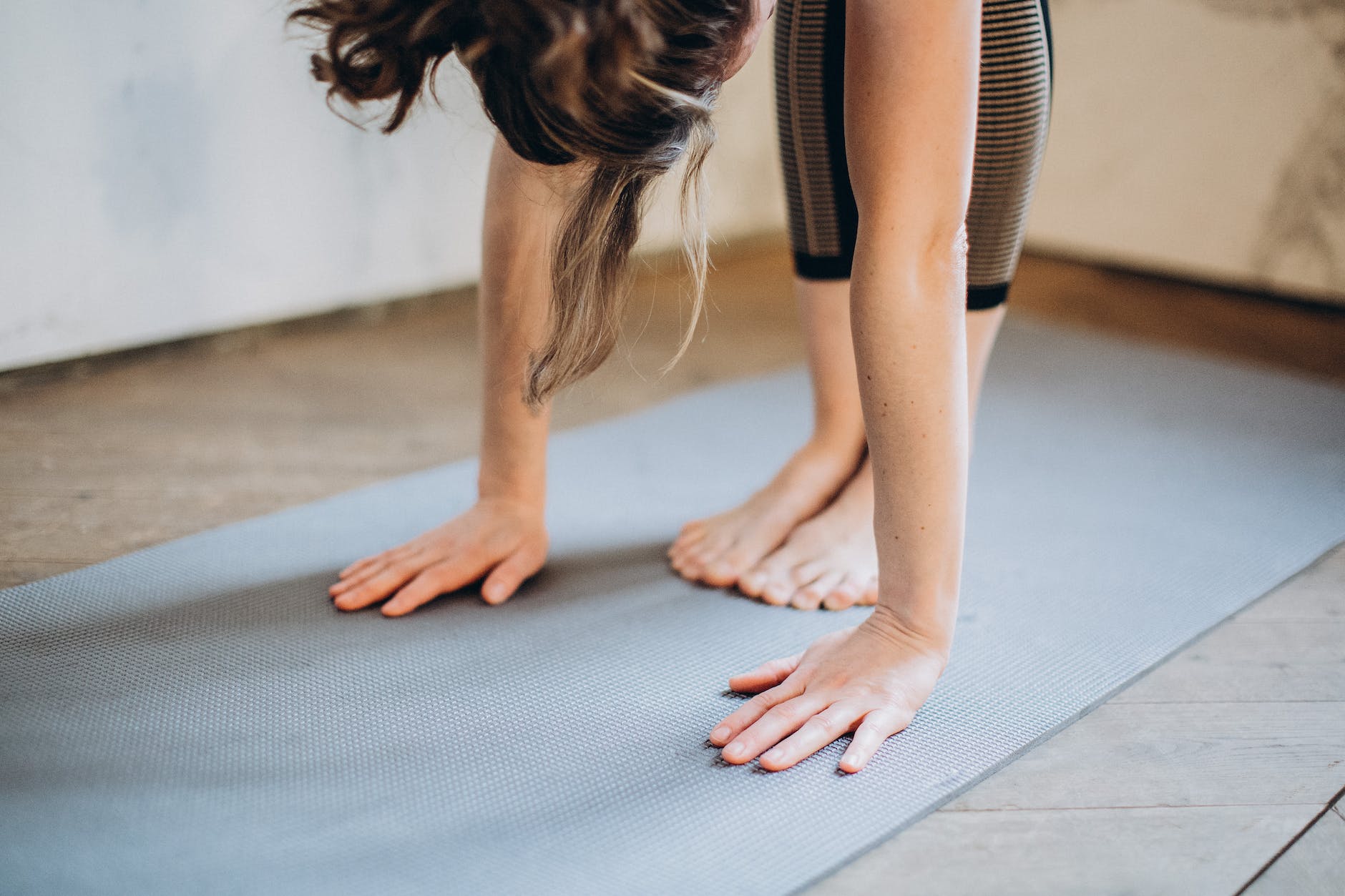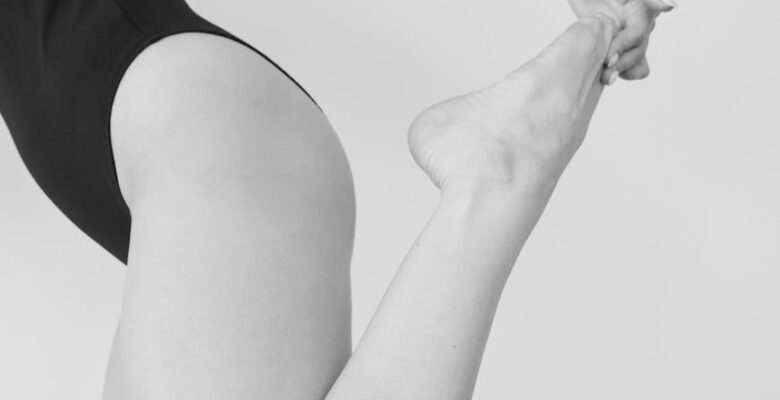To assist in increasing total hamstring flexibility and relieve or prevent tight hamstrings, try these hamstring stretches.
Tight hamstrings are a frequent ailment that can be due to tight hip flexors or glutes, overuse during strenuous activities such as soccer, or even excessive sitting.
If you are experiencing stiffness, soreness, or burning at the back of your thigh, it is possible you have tight hamstrings.
The Advantages of Hamstring Stretches
The hamstring muscle group is located near the rear of the leg and is in charge of knee flexion and extension. Because the hamstrings cross the hip joint in the back of the thigh, they assist the gluteal (buttock) muscles in extending the leg during movements such as running and walking.
While the efficacy of stretching is sometimes questioned, extending your hamstrings improves flexibility, may assist in preventing injury, and may help cure low back discomfort. Stretching may also enhance general mobility, which can aid with athletic performance and daily activities, as well as reduce delayed-onset muscle soreness (DOMS) following strenuous activity.
It’s also worth noting that tight hamstrings strain on the pelvis and flatten the typical arch of your lower back. The muscles get overstretched and weakened. As a result, lower back pain. However, research has shown that stretching your hamstrings properly helps to relieve and prevent back discomfort.

A general hamstring flexibility regimen can help your hamstring move better. Before you begin this exercise or any other fitness program, contact a healthcare practitioner or a physical therapist to make sure exercise is safe and effective for you.
Your flexibility routine’s timing affects whether you should execute static or dynamic stretches. Static stretches are stretches where it involves holding a position for several seconds and are best done after an exercise when the muscles are warm.
Controlled motions are used in dynamic stretches to assist in warming the body and preparing muscles for more strenuous exercise. These are best done before working on exercise.
The following instructions are for static stretches. To make them more dynamic, spend 60 to 90 seconds moving in and out of each posture with steady, controlled movement. Stop and get medical attention if you experience discomfort or odd feelings in your hip, thigh, or lower leg.
Straightforward Hamstring Stretch
Begin with this easy hamstring stretch. Be careful with this position if you have low back discomfort or sciatica because this exercise may put a strain on your back.
Start with sitting on the floor with your legs straight out.
Reach forward as far as possible with your arms straight by bending at the waist while keeping your knees straight.
Maintain this posture for 15 to 30 seconds.
Return to the starting position.
Rep three times more.
Stretch your thighs until you feel a mild tug in the back. Stop exercising if you experience significant pain.
Hamstring Stretch for Hurdlers
The hurdler hamstring stretch is a straightforward exercise that may be performed on the floor.
Start with sitting on the floor with one leg straight out in front.
Bend the second leg at the knee and place the sole of that foot against the inside of your opposite thigh.
Reach forward by extending your arms over the straight leg as far as possible by bending at the waist.
Maintain this position for 10 seconds.
Relax.
Rep with the opposite leg.
(Both Legs) Standing Hamstring Stretch
The next hamstring stretch is performed while standing and stretches both legs simultaneously.
Stand with your right foot crossed in front of your left.
By bending at the waist, slowly drop your forehead to your right knee.
Maintain a straight line with both knees.
Maintain this posture for 15 to 30 seconds.
Relax.
Cross your feet in the opposite way and repeat.

One Leg Standing Hamstring Stretch
One of the simplest stretches is the one-legged standing hamstring stretch. Do it anywhere—at home, the office, or outside.
Stand tall with one heel on a yoga block, a stack of books, or a stool. If you’re outside, you can use the curb, but keep an eye out for cars.
Maintain a straight knee.
Raise both arms so that they are about even with your ears. Reaching your arms up rather than down toward your foot will help keep your back straight.
Bend your hips forward gently. Feel the hamstring extend behind your thigh.
Repeat three times, holding the stretch for 15 to 30 seconds each time.
Rep with the opposite leg.
Hamstring Stretch with a Towel Or a Resistance Band
To conduct towel stretches, most people use towels, but you may also use a strap or belt.
Lie on your back on the floor.
Wrap a long bath towel around your toes and grip the towel ends in both palms.
Pull the towel slowly to raise your straight leg. Make sure your knee is straight. The leg that is not covered by a towel should be kept flat on the ground.
Raise your leg till you feel a stretch behind your thigh. You may also feel a calf stretch. This is typical.
Hold for 15 to 30 seconds before relaxing.
Repeat on each leg three to five times.
Remember that the towel hamstring stretch should feel pleasant while you do it; if it hurts, stop right away and try something different.
Forward Bend While Standing
The standing forward bend is a simple hamstring stretch that takes advantage of gravity to aid in deepening the stretch. If your low back is hurting, proceed with caution or try another stretch.
Stand tall with your arms overhead.
Fold forward from the hips, your hands reaching for the floor. Your hips should be higher than your ankles. The purpose of this stretch is not to touch your toes. You can bend your knees slightly but do not bend to try to get lower, as this will not stretch your hamstrings.
Take note of your quadriceps, which are the muscles in the front of your thighs. Engage your quads to intensify the hamstring stretch.
Hold the position for 15 – 30 seconds.
Return your upper body to a standing position.
To Conclude
Stretching your hamstrings can assist in increasing mobility and flexibility while also preventing and treating back discomfort.
If you’ve tried extending your hamstrings and are still experiencing tightness or soreness, see a doctor.
They can assess your symptoms and provide a treatment strategy. They may also recommend you to a physical therapist who may teach you how to stretch your hamstrings.
